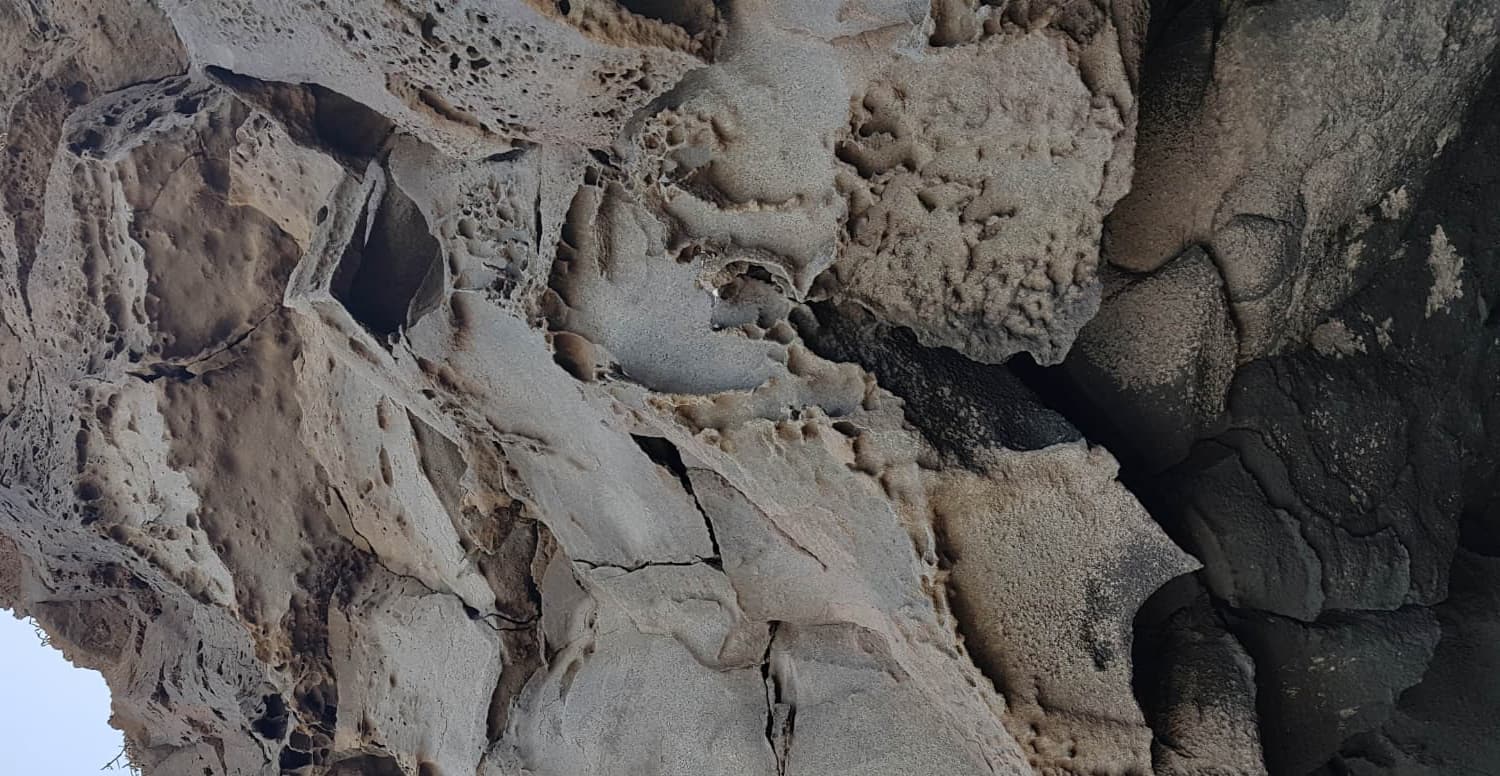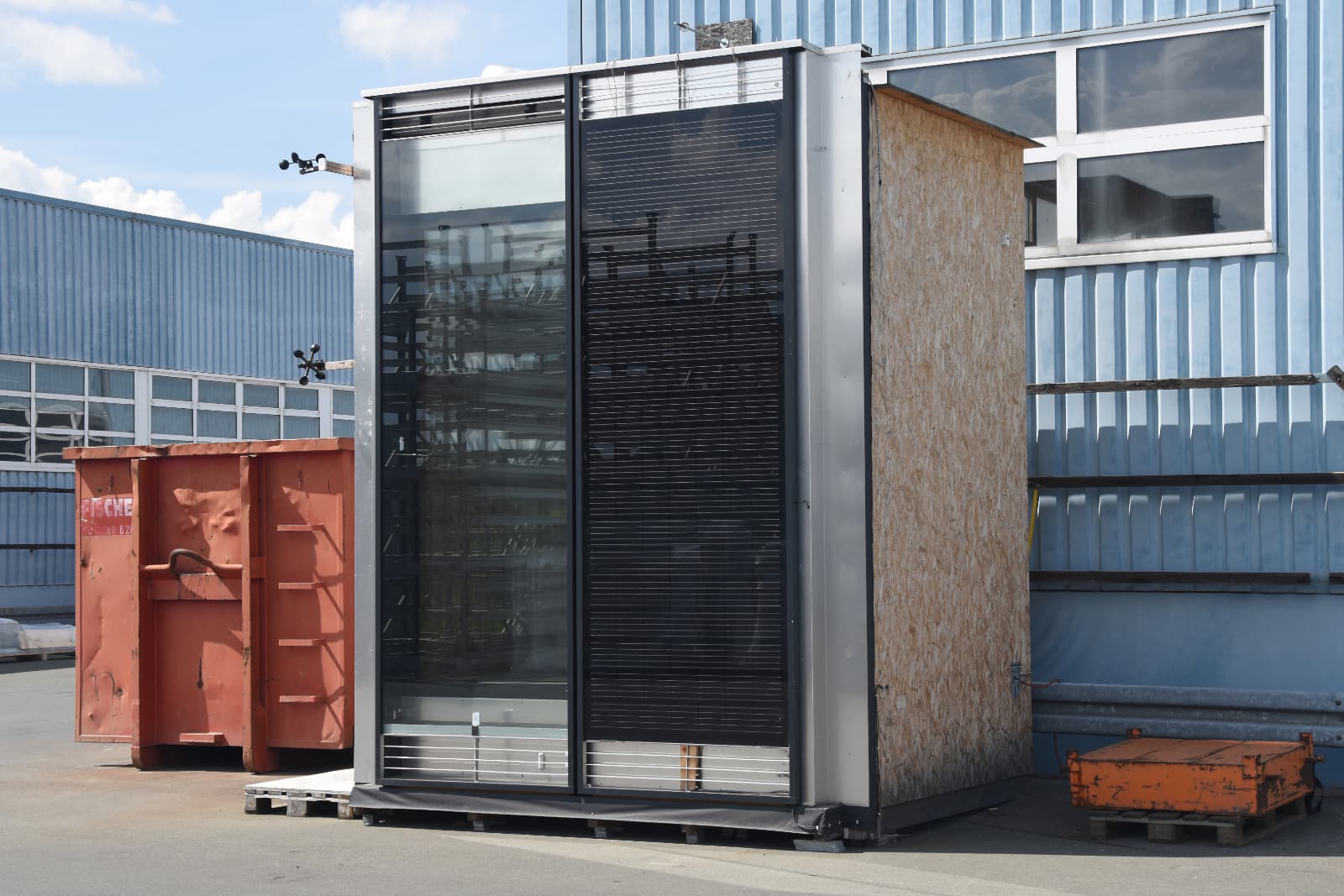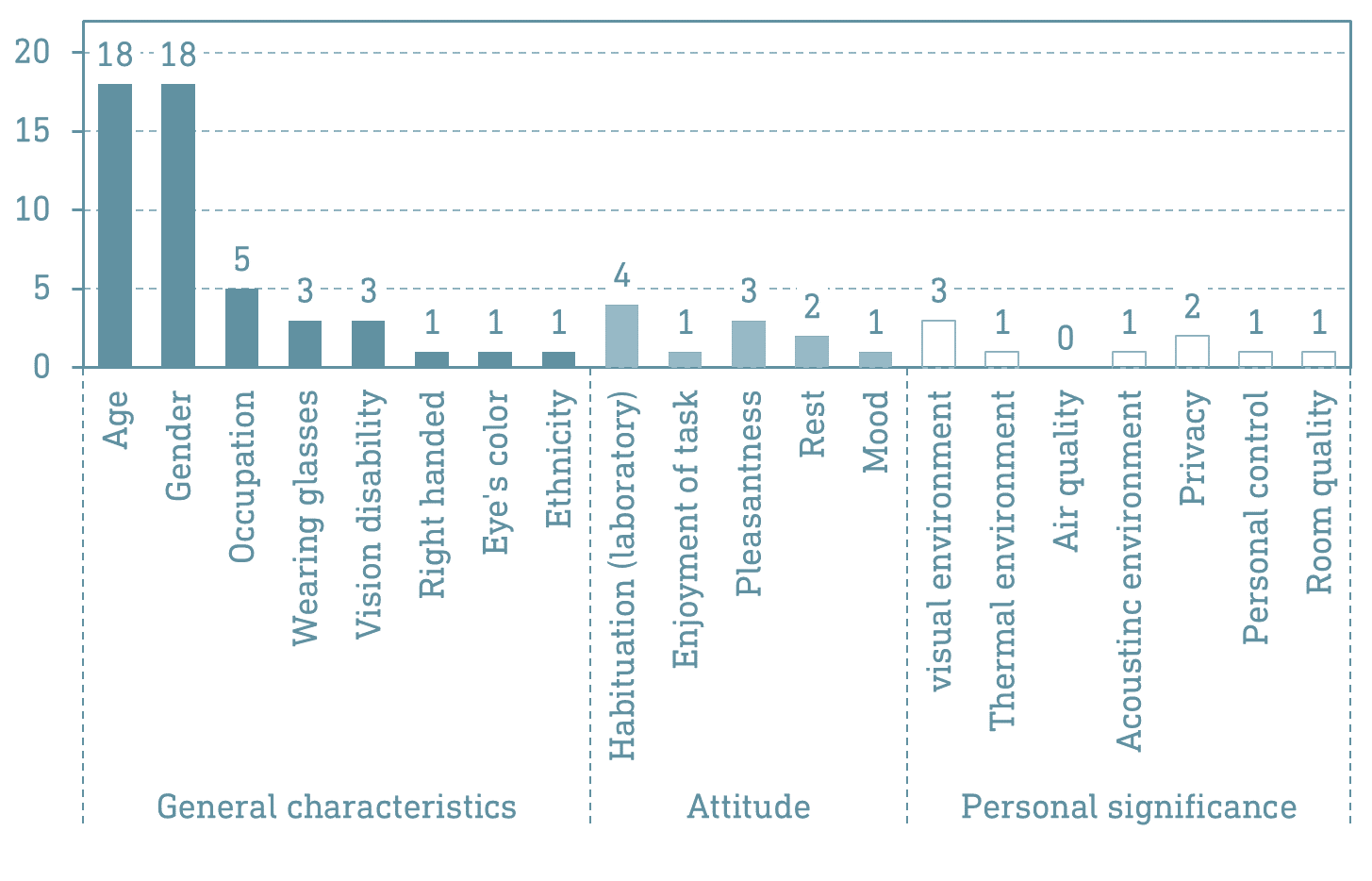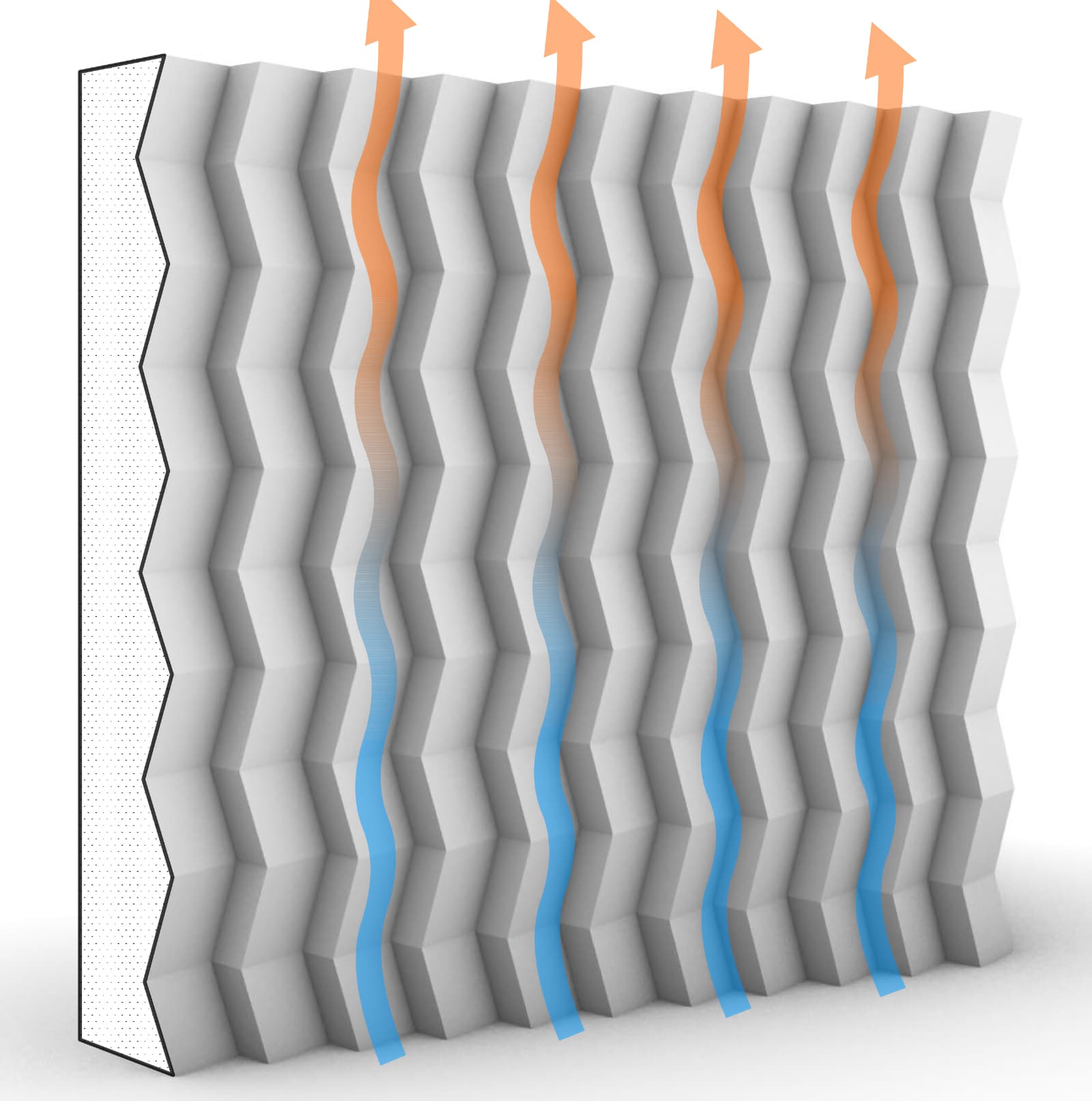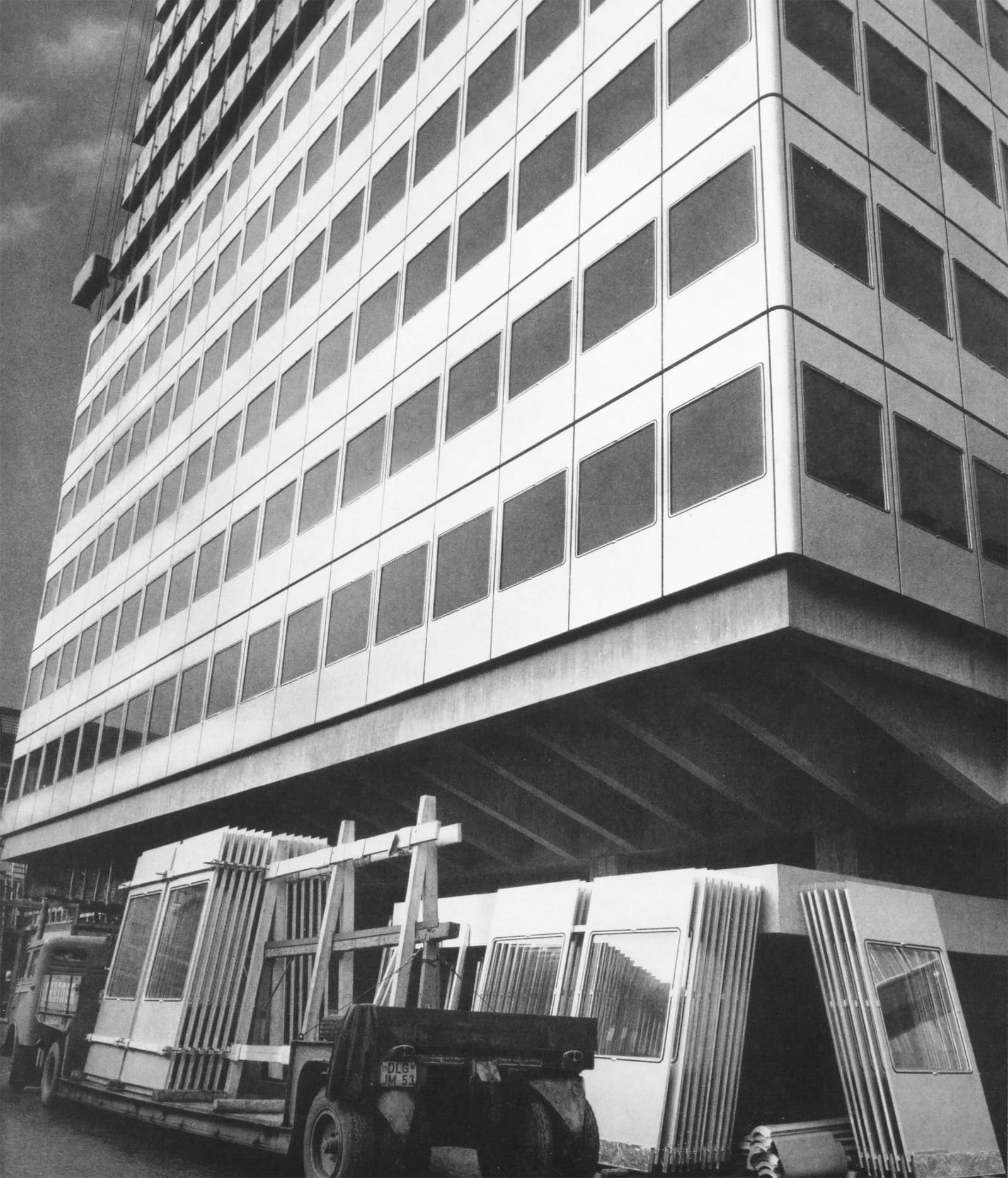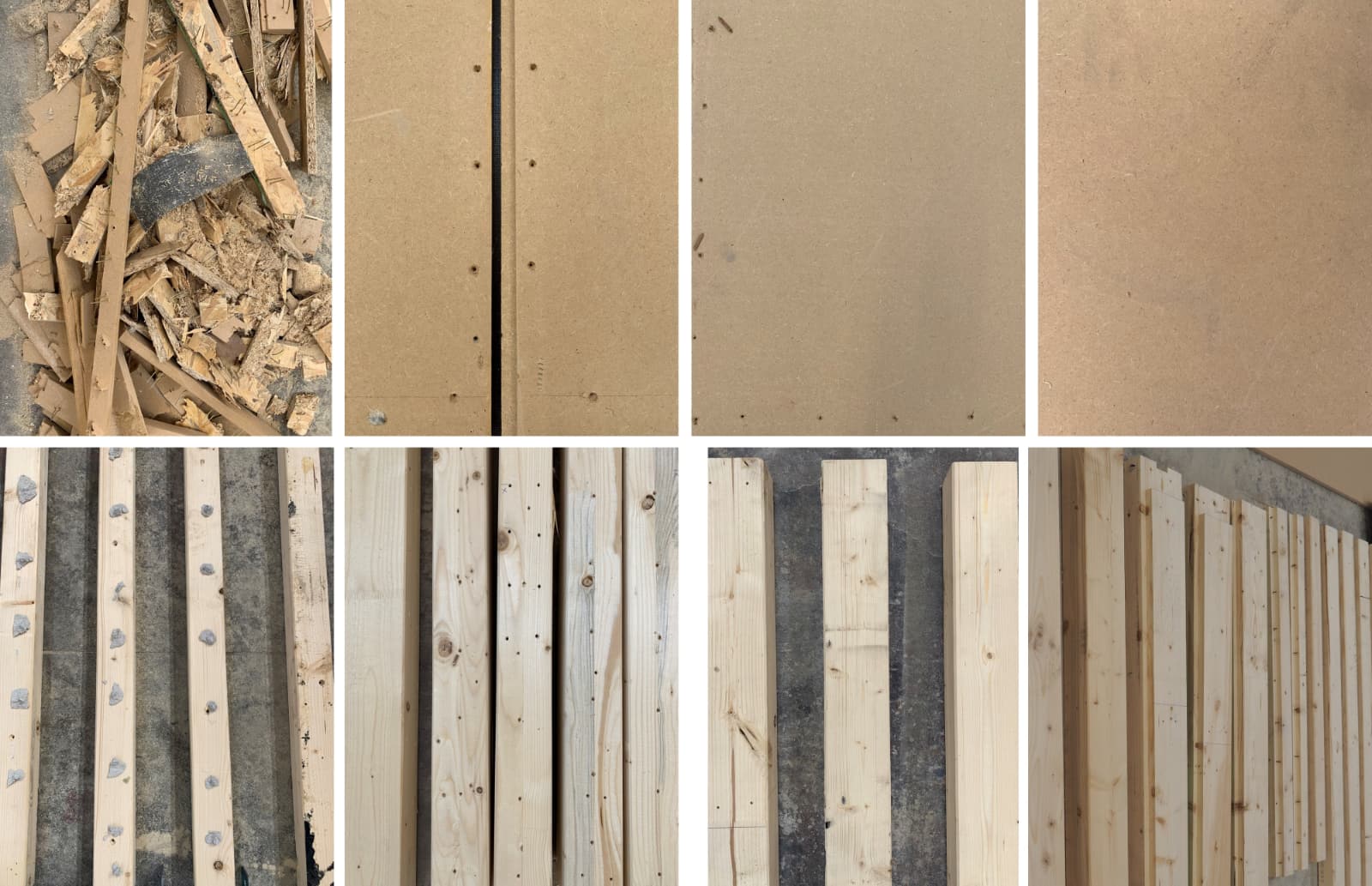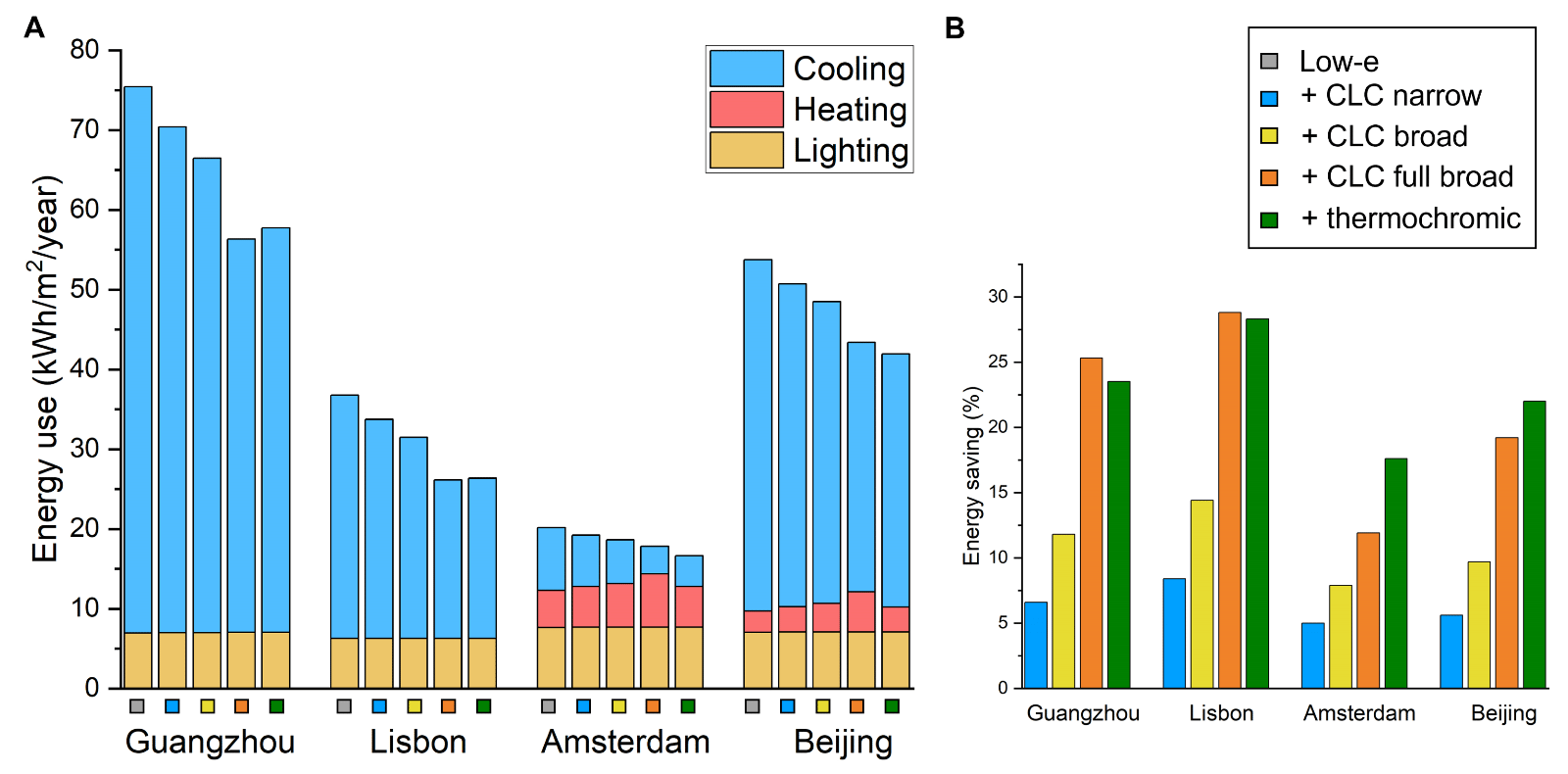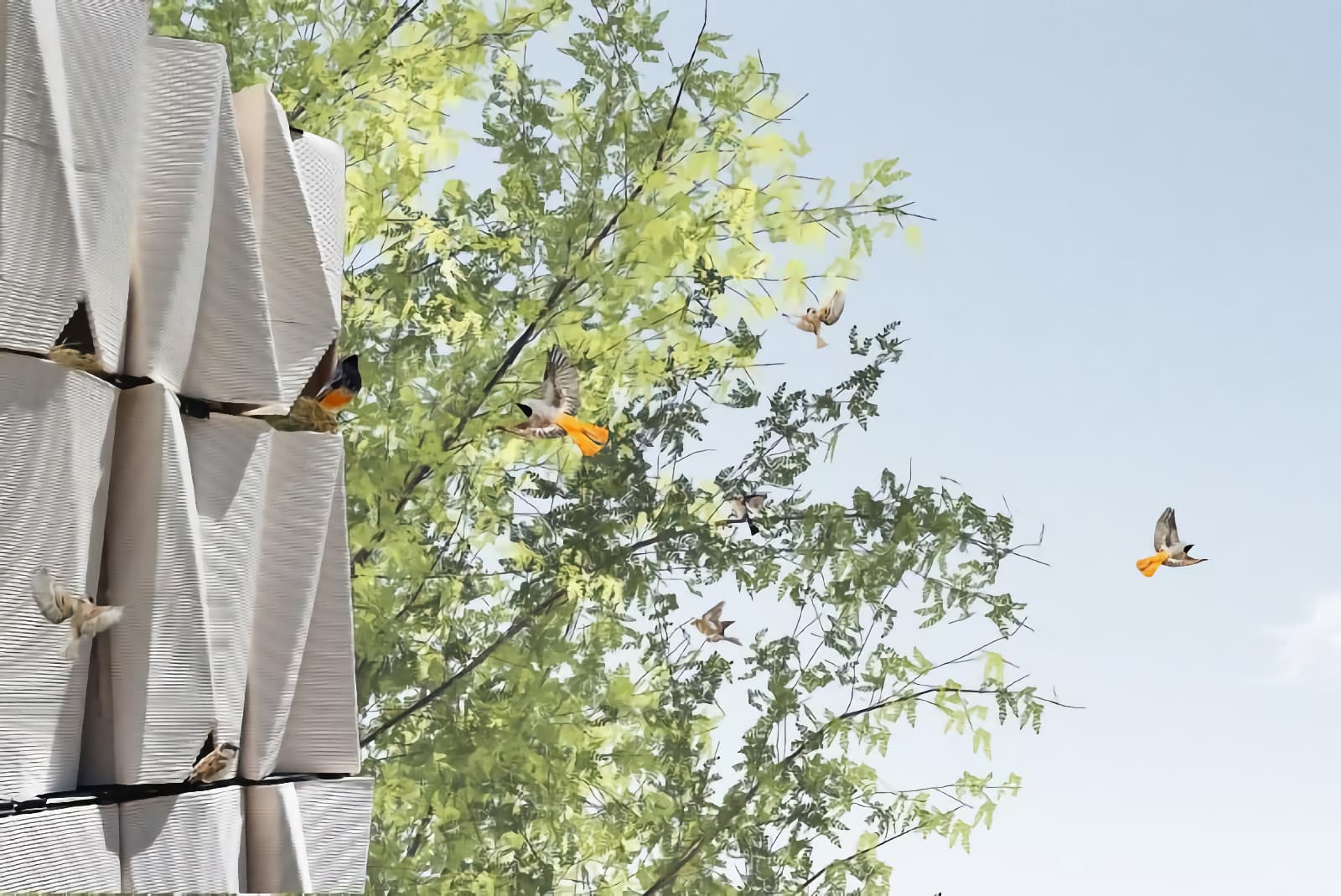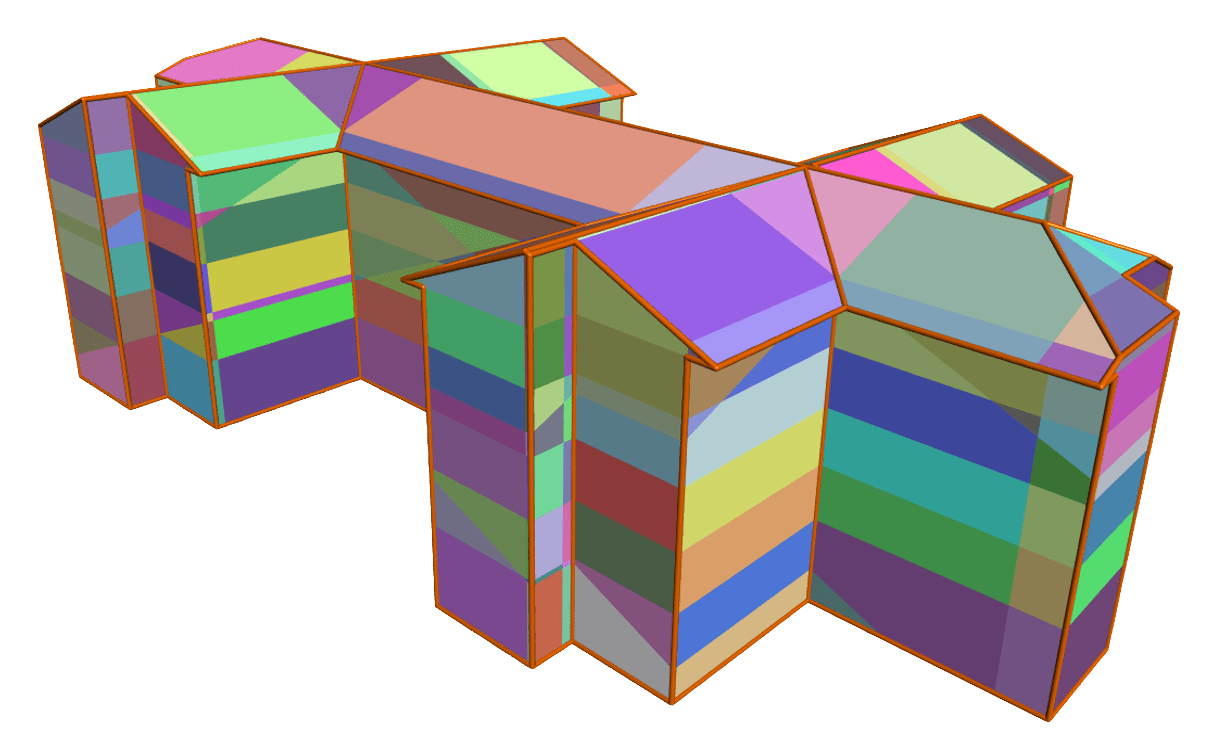Editorial
-
The PowerSkin conference series is a biennial event organised cooperatively between TU München, TU Darmstadt, and TU Delft, which is already in its fourth edition, having started in 2017. This coming edition of PowerSkin has also been supported and organised with the support of RWTH Aachen. The conference addresses the role of building skins in accomplishing a carbon-neutral building stock. Therefore, integrating the environmental dimension of material and construction into the design phase is increasingly essential. This is done primarily by considering the energy and emissions linked...
Articles
-
In view of the required energy savings in the building sector, there is an urgent need for innovative and sustainable solutions to increase the performance of building envelopes. Adaptive façades can make an important contribution, whereby passive low-tech strategies and active high-tech solutions are apparently incompatible. In current digitalization, new technologies and methods for the implementation of adaptive façades emerge in the framework of Cyber-Physical Systems. The investigation follows the research question: How can active and passive approaches of adaptive façades be...
-
Several studies performing building simulations showed that the automated control of façades can provide higher levels of indoor environmental quality and lower energy demand in buildings, in comparison to manually controlled scenarios. However, in several case studies with human volunteers, automated controls were found to be disruptive or unsatisfactory for occupants. For instance, automated façades became a source of dissatisfaction for occupants when they did not fulfil individual environmental requirements, did not provide personal control...
-
The article investigates the dependencies of façade design and construction in the integration of a sustainable solar-powered cooling system based on closed adsorption. The presented work focuses on the possible design variants of the envelope surface of the façade -integrated adsorber. The principle of adsorption cooling is presented and, based on this, architectural options for façade integration are investigated. This is done both constructively and visually. For each variant, the solar gains are summed up and compared with each other. A functionally designed adsorber, similar to a...
-
The post-war building stock is increasingly being transformed. Even at objects protected as listed heritage, renovation usually results in a high degree of material exchange and replacement. This is especially the case in regard to historic curtain wall constructions. Based on the case study of the Commerzbank High-rise and original planning documents by Gartner, the paper focuses on the applied strategy of disassembling and reassembling the curtained aluminium sandwich elements, and the resulting upgrading of the original façade with a newly installed interlayer for insulation. The...
-
Timber-based façade technologies have the potential to effectively reduce the carbon footprint, reduce water use in construction, and minimize waste, when their manufacturing process is highly prefabricated. Additionally, avoiding glue parts can enhance the sustainability of the façade as its elements can be replaced (extending the durability of façades and therefore buildings) and separated once that they reach their end of life (to re-use or recycle them). Thus, the connection between materials might have a considerable impact on the façade’s sustainability. Moreover, timber-based...
-
The type of glazing implemented in a building plays an important role in the heat management of a building. Solar heat entering through glazing causes overheating of interior spaces and increases building’s cooling load. In this work, the energy saving potential of window films based on Cholesteric Liquid Crystals (CLC) is explored. This emerging technology allows for the fabrication of static and thermochromic solar heat rejecting window films and can provide a simple renovation solution towards energy efficient buildings. Simulations on a model office showed that static CLC-based...
-
This research investigates the potential of additive manufacturing and digital planning tools for the creation of location-specific façade redesigns that can host cavity-dependent animal species and develops methods for their realization. The proposed approach is explored based on a case study of a student dormitory in need of renovation in the urban area of Munich. Based on theoretical knowledge and design experimentations that link the fields of architecture, climate-responsive design, terrestrial ecology, and digital fabrication, a set of design principles for the additive...
-
To meet the climate goals of the Paris agreement, the focus on energy efficiency needs to be shifted to increase the retrofitting rate of the existing building stock. Due to the lack of usable information on the existing building stock, reasoning about the retrofitting potential in early design stages is difficult. Therefore, deconstructing and building new is often regarded as the more reliable and economical option. Digital methods are missing or not robust enough to capture and reconstruct digital models of existing buildings efficiently and automatically derive reliable...
-
The key objective of this research project is to “create a new architectural textile, Suntex, by interweaving thin film solar cells and electrically conductive yarn into a structural technical textile, so it can generate energy while it is providing shade, structure or an aesthetic update to a building.”
Textile has strong potential as a sustainable building material because it can be lightweight, material efficiency and low carbon. Moreover, its flexibility provides great design freedom and its transparency makes it very suitable for façade applications, maintaining views to the...

